Early Monsoon
Soils drink deep; grasses wake up and surge. We seed legumes to fix nitrogen and shade the roots.
From Indian Fields
We nurture grass-fed herds and seasonal crops across India’s fertile belts. Our produce travels short, stays cold, and tastes alive — just as the land intended.
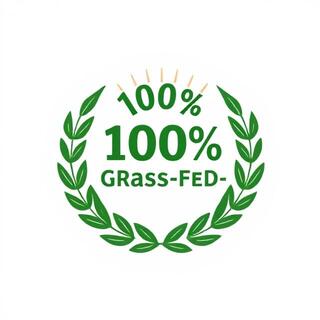 Grass-Fed
Grass-Fed
 Fair Farmer Pay
Fair Farmer Pay
 Cold-Chain
Cold-Chain
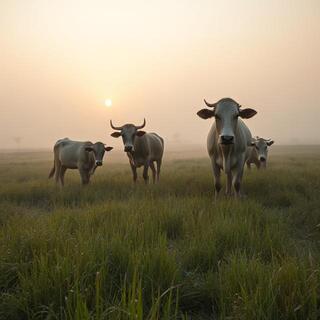

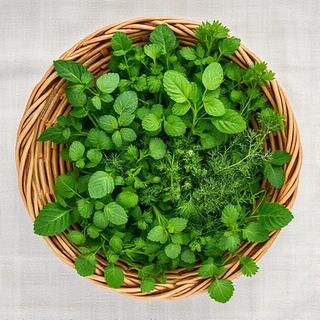
Seasons
From first monsoon sprout to mellow winter grass — a year in motion.
Soils drink deep; grasses wake up and surge. We seed legumes to fix nitrogen and shade the roots.
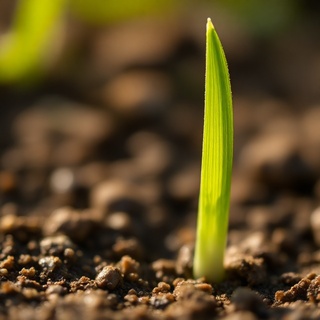
Grazing rotates every 24–36 hours to avoid overbite and let blades rebound.
Grass sugars climb with light; herd walks longer lanes to condition and keep fat honest.
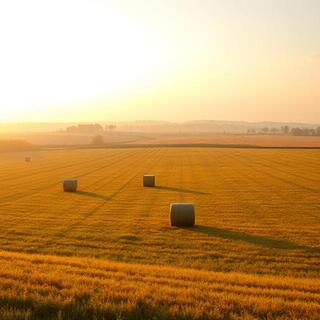
Fields sleep. We mulch, mend hedges, and plan rotations for spring vigor.
Character
Terroir writes notes of herb and sun into milk and greens — softly, then surely.
Pre-dawn grazing carries cool sweetness. Clover and napier lend gentle perfume that lingers in the churn.
As shadows shrink, volatile oils open. A buttery roundness appears — never heavy, always clean.
Dusk softens tannins; stems relax. The day folds into mellow depth and bright mineral edges.
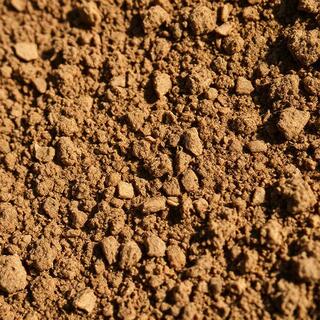

Integrity
Chilled from harvest to handover — texture and nutrients stay intact.
Milk cores cool within minutes; greens rest under mist to seal crispness.

Sensors log every leg — temperature, dwell time, and door events.
Boxes nest tight; gel packs line edges; routes cut heat and time.

Cold stays cold. You open freshness that tastes like the field.
Practice
Small habits keep pastures resilient and the herd content.


Layout
Nodes mark water, shade, and windbreak lines we follow in rotation.


Gear
Simple kit, well kept — less noise, more rhythm.
Measures soil moisture at root depth, telling us when to rest a cell or open irrigation.
Manual, cushioned grip — keeps boundary fixes quick without fuel or fuss.
Stainless frames and gravity head — clarity you can taste in every jar.
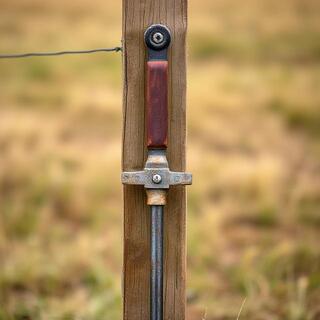

Story
Notes from the lane — on calm herds, short routes, and flavors that stay clean.
Pure Pastures began as a small promise between friends: keep the herd calm, keep the routes short, and tell the truth on every label. We did not set out to be big; we set out to be clear. The field teaches that small habits, held daily, do more than any grand announcement — a fence walked each morning, a latch checked twice, and a jar chilled fast.
In the early weeks we made maps with pencil and string, measuring loops by how the milk tasted on arrival, not by what a spreadsheet liked. We learned that a minute saved at the churn can be a flavor earned at the cup. We found that brightness is not a trick; it is a rhythm — herd, chill, route, handover — steady and light.
Our jars carry batch and chill time because we believe memory should not be asked to do what ink can. The lid tells you when the milk reached cold, which route it took, and how to return the glass so it can live again. The label is small but it carries the whole story: the map, the weather, the care in the lane.
We do not chase heavy taste. We look for clean lines — butter that rounds without dragging, dahi that sets like quiet silk, paneer that keeps a soft crumb when the pan is hot. These are not accidents; they are the result of hands that move without hurry and tools that are kept simple, sharp, and dry.
Monsoon changes everything. Hooves slow, paths gloss, and the air smells of napier and clay. We widen rest windows for the pasture and tighten our crates so the jars don’t sing against each other on the road. On those days you will see a little more dew inside the lid; we note it, log it, and adjust the route before the sun climbs.
We return glass because it teaches us accountability. A jar that comes back tells us we reached you; a jar that comes back clean tells us the loop is alive. The return basket at the café is a small census of trust — a count not just of units, but of relationships held softly over time.
People sometimes ask if we will add flavors. We smile and say: the field already does. Clover, napier, a hint of neem shade — they arrive quietly if we do not drown them. Our work is to remove interference: fewer transfers, calmer lanes, colder handovers. When we do our job, the pasture speaks.
This is why our prices are simple and our promises short. We say what we can keep: batch on lid, chill fast, short routes, door-to-fridge in minutes. If something slips, we own it, we fix it, and we log the fix so tomorrow’s jar is better than today’s. That is all we mean by quality.

Groundwork
Six simple bearings guide how we seed, graze, water and rest.
Keep shade lines open; plant low canopies near lanes.
Short runs, float valves, clean troughs, quick drains.
Napier and hedges take the gust, save the moisture.
Walk calm, rotate fast; leave a good bite behind.
Legume under-sow; don’t bare the litter after rain.
Dry footing, gentle bends, no crowd at the gate.


Hands
Set sequence, soft hands, clean steel — quality is a routine.
Rinse lines, test packs, warm water, clean aprons, note temps.
Pre-dip, single-use cloths. First streams to cup — clarity check.
Even vacuum, steady let-down — never rush the release.
To chiller fast; log batch, time, temperature, and yield.
Close circles first — local kitchens, small cafés, weekly fairs.
Sowing
Simple rows keep our mixes clear — where, when, and why each seed goes in.
Season
We listen for clouds, count cool nights, and hold the soil together.
Mulch corners, open drains, test trough floats, and stage seed.
Shorter grazes, careful lane footing, keep salt licks dry.
Dry edges first, set hay, and let legumes knit the scuffed spots.

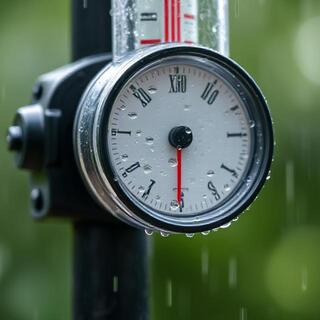
Character
Notes we meet often — light, clean, and quietly layered.


Morning
First light sets the pace — water, walk, chill, and note.
Float valves click, trough rims clean, and drains run free.
Soft footing, no puddles; gates swing and latch without noise.
Chiller sanitised; temp log ready; jars set and dried.
Wind, cloud, graze order — the little things keep days steady.
Contact
Whether you're hosting a gathering, curating a space, or just want to say hello — we're here. Leave us a note and we’ll reply with care and clarity.